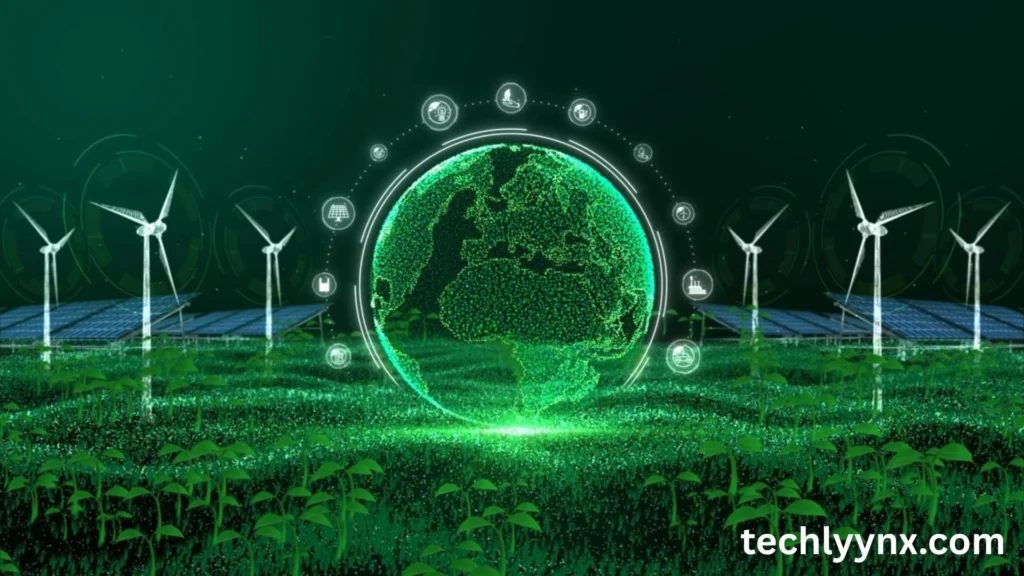The globe is dealing with a lot of issues, such as resource depletion and climate change. But now that sustainable technology is available, we have a rare chance to build a better future for present and future generations. The idea of this trend and how it might change our lives will be discussed below.
What is Sustainable Technology?
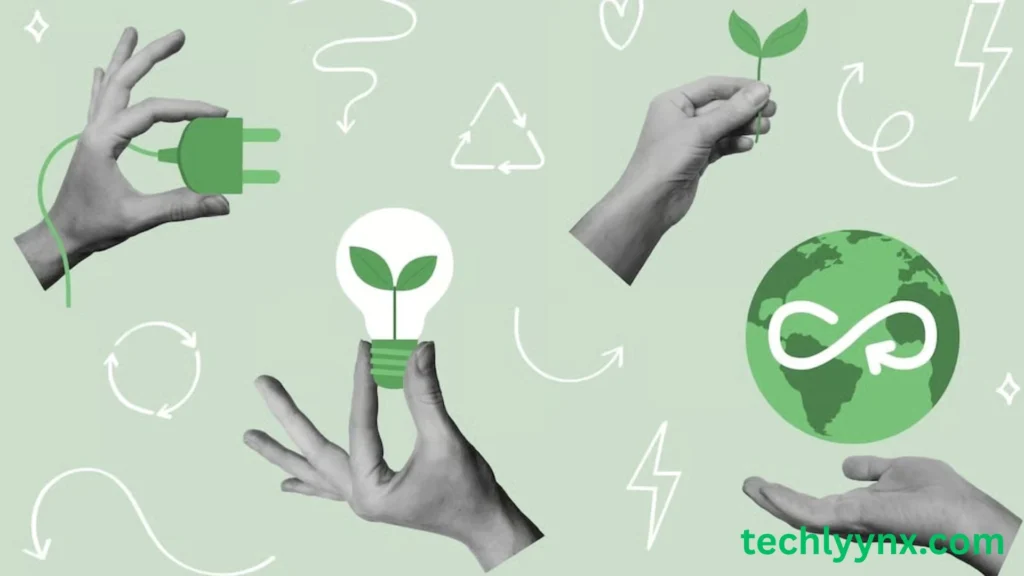
The deployment of creative solutions to lessen our environmental impact and foster economic growth is referred to as sustainable technology. It covers a broad range of topics, such as eco-friendly manufacturing, sustainable agriculture, and renewable energy. We can lessen waste, lessen our dependency on fossil fuels, and build a more sustainable and safe future by implementing sustainable technologies.
Adoption of this is essential for a better future and is urgently needed.
Benefits of Sustainable Technology
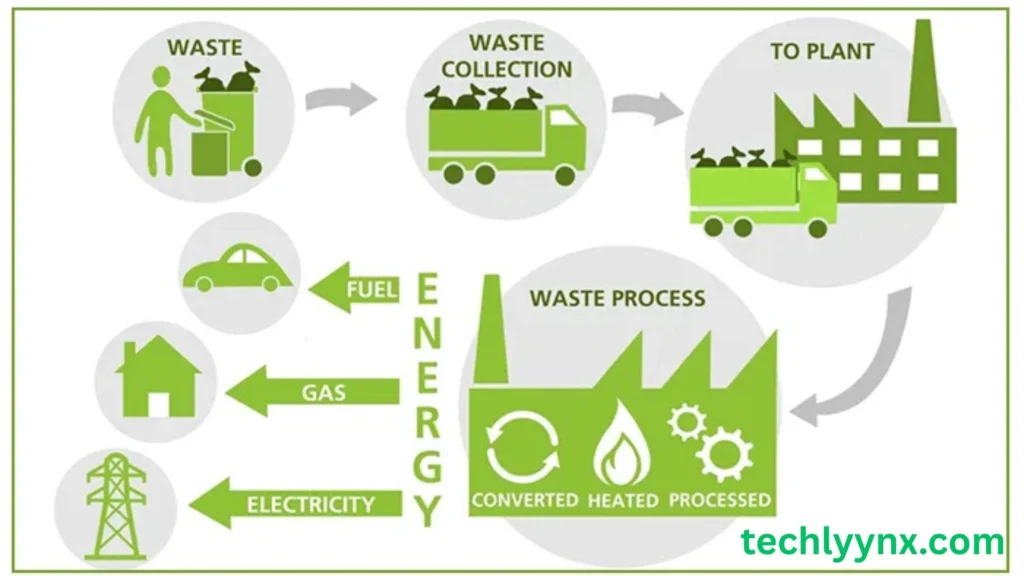
Sustainable technology has several advantages. ,For example, can support energy efficiency, preserve natural resources, and lower greenhouse gas emissions. It can also boost economic growth and open up new job opportunities. We can build a more sustainable and just future for everybody if we invest in sustainable technologies. It is a vital engine of innovation and economic progress.
One of the most obvious and critical advantages of sustainable technology is its positive impact on the environment. Unlike traditional technologies that often deplete or pollute natural resources, sustainable solutions are designed with nature in mind.
Renewable energy sources such as solar, wind, and hydroelectric power reduce our dependence on fossil fuels and significantly cut down carbon emissions. By using biodegradable materials and reducing waste, sustainable technologies help keep our land, oceans, and air clean — something that’s becoming increasingly vital as the effects of climate change grow more severe.
Role in Renewable Energy
Renewable energy is one of the most important areas where sustainable technology is being used. Fossil fuels can be replaced by cleaner and more sustainable renewable energy sources like wind and solar. We can lessen our carbon footprint and dependency on fossil fuels by utilizing renewable energy sources. Our reliance on fossil fuels has decreased thanks to , which has made it feasible to produce electricity from renewable sources. This is altering the way we create and consume energy.
Take solar energy, for example. The solar panels we see on rooftops and in solar farms today are the result of decades of technological progress.
Modern photovoltaic (PV) cells are now more efficient, durable, and cost-effective than ever before, allowing homes, businesses, and entire cities to generate electricity from the sun. Alongside these panels, sustainable tech has brought about advanced battery storage systems, enabling users to store excess energy and use it during cloudy days or at night, improving energy reliability.
Revolutionizing the Agriculture
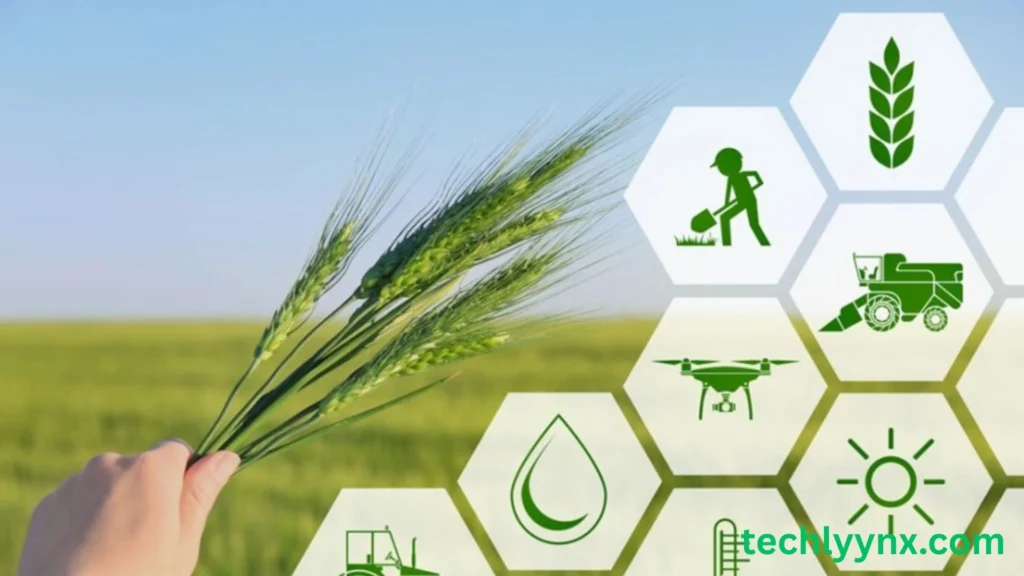
This is also being used in agriculture to promote good farming practices.
Precision farming, vertical farming, and organic farming are just a few examples of how sustainable technology is being used to reduce waste and promote safe agriculture. By adopting sustainable agriculture practices, we can reduce our environmental footprint and promote food security. It is helping farmers to increase crop yields and reduce waste.
One of the most remarkable changes is the rise of precision farming. Using GPS, satellite imagery, drones, and data analytics, farmers can now monitor their fields in real time. They can assess soil health, detect pest outbreaks early, and apply water, fertilizers, or pesticides only where needed. This targeted approach reduces waste, saves money, and minimizes environmental damage — a major improvement over the old “one-size-fits-all” methods.
Another groundbreaking shift is happening in how and where we grow crops. Vertical farming, hydroponics, and aquaponics are allowing food to be grown in stacked layers, often indoors, with little to no soil.
These systems use up to 90% less water than traditional agriculture and require no harmful chemicals. Urban farms powered by LED lights and controlled climate systems are producing fresh produce right in the heart of cities, reducing the need for long-distance transportation and ensuring food security in crowded or remote areas.
Sustainable Technology in Manufacturing
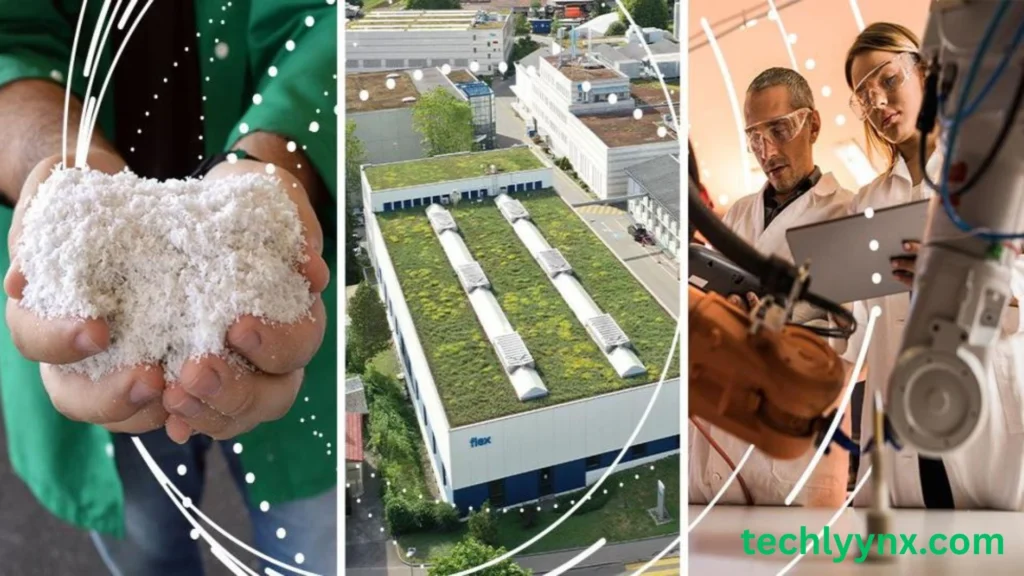
Sustainable technology is also being used in manufacturing to reduce waste and promote safe production practices. By adopting sustainable manufacturing practices, companies can reduce their environmental footprint and promote economic growth. This is being used to develop new materials and products that are more safe and eco-friendly. It is transforming the manufacturing industry.
One of the most significant changes has been in energy use. Traditional factories often rely on fossil fuels, which contribute to greenhouse gas emissions and climate change. Now, many manufacturers are investing in renewable energy sources like solar and wind to power their operations. Technologies such as energy-efficient motors, LED lighting, and heat recovery systems are helping reduce overall consumption. Smart sensors and automated systems can now monitor energy usage in real time, allowing companies to cut waste and improve performance without sacrificing productivity.
Another area being transformed is material efficiency. Thanks to sustainable technology, manufacturers can reduce, reuse, and recycle materials more effectively than ever before. 3D printing, for example, allows products to be built layer by layer with minimal material waste.
In some industries, waste from one process is now being reused as raw material in another — creating closed-loop systems that support a circular economy. Recycled plastics, metals, and even fabrics are finding their way into new products, reducing the demand for virgin resources.
Challenges and Opportunities
Adoption of sustainable technology continues to face major obstacles despite its many advantages. The high initial cost of this one of the main obstacles. But as the technology develops and advances, the price comes down, making it more affordable for both individuals and companies. There are a lot of chances for innovation and economic expansion.
One of the biggest challenges is the cost of implementation. Many sustainable technologies — such as solar panels, electric vehicles, or energy-efficient manufacturing systems — require significant upfront investment.
While they usually pay off in the long term, the initial expense can discourage individuals, small businesses, or developing countries from making the switch. Financing models, government subsidies, and long-term planning are essential to make these technologies accessible to everyone.
Another hurdle is the infrastructure gap. Much of our world was built around traditional energy systems, transportation networks, and production methods. Transitioning to green technology often requires rebuilding or updating that infrastructure — installing EV charging stations, upgrading the electrical grid, or retrofitting buildings. This can be a slow and expensive process, especially in areas where basic infrastructure is still lacking.
Conclusion
Sustainable technology is not a distant dream. It’s already here, and it’s changing lives for the better. The real question is how quickly we can adopt these solutions on a larger scale.
Everyone has a role to play — from governments and businesses to individuals and families. Whether it’s installing solar panels, switching to reusable products, or choosing an electric car, every step counts.
By embracing sustainable technology, we’re not just making smarter choices — we’re building a world that’s cleaner, safer, and more secure for ourselves and for future generations.

